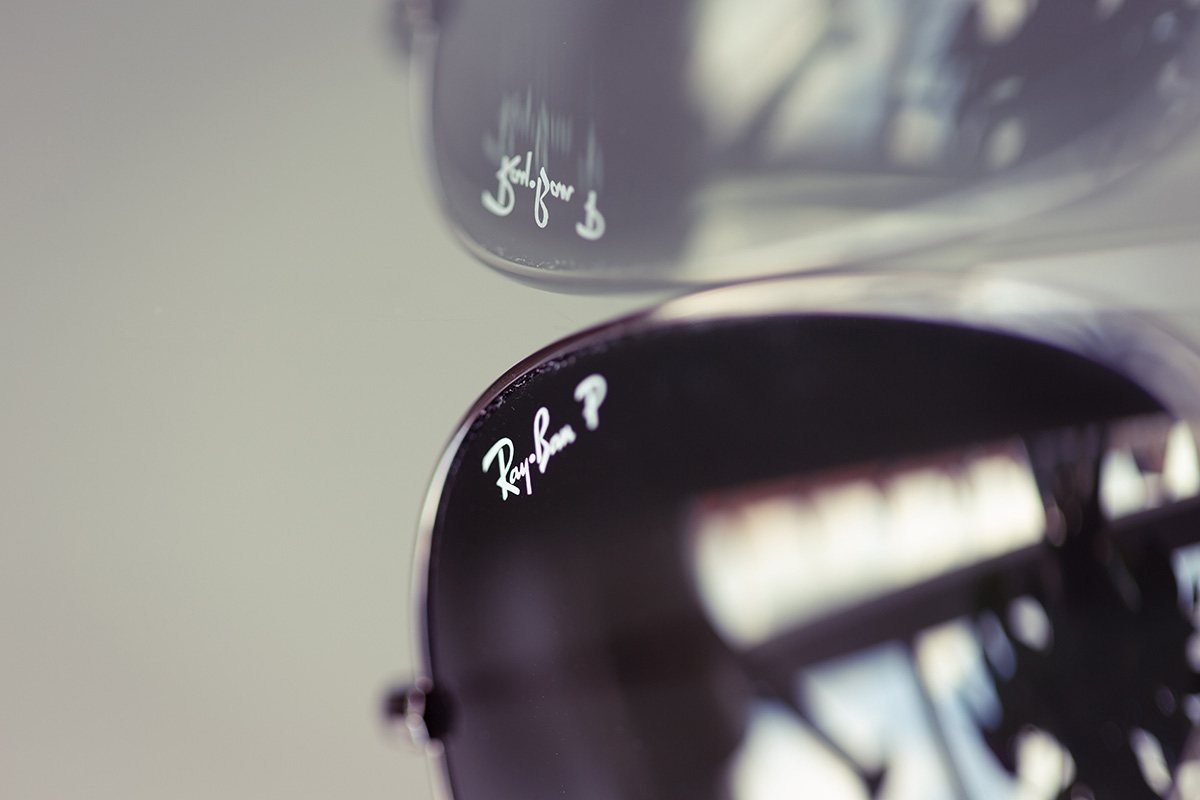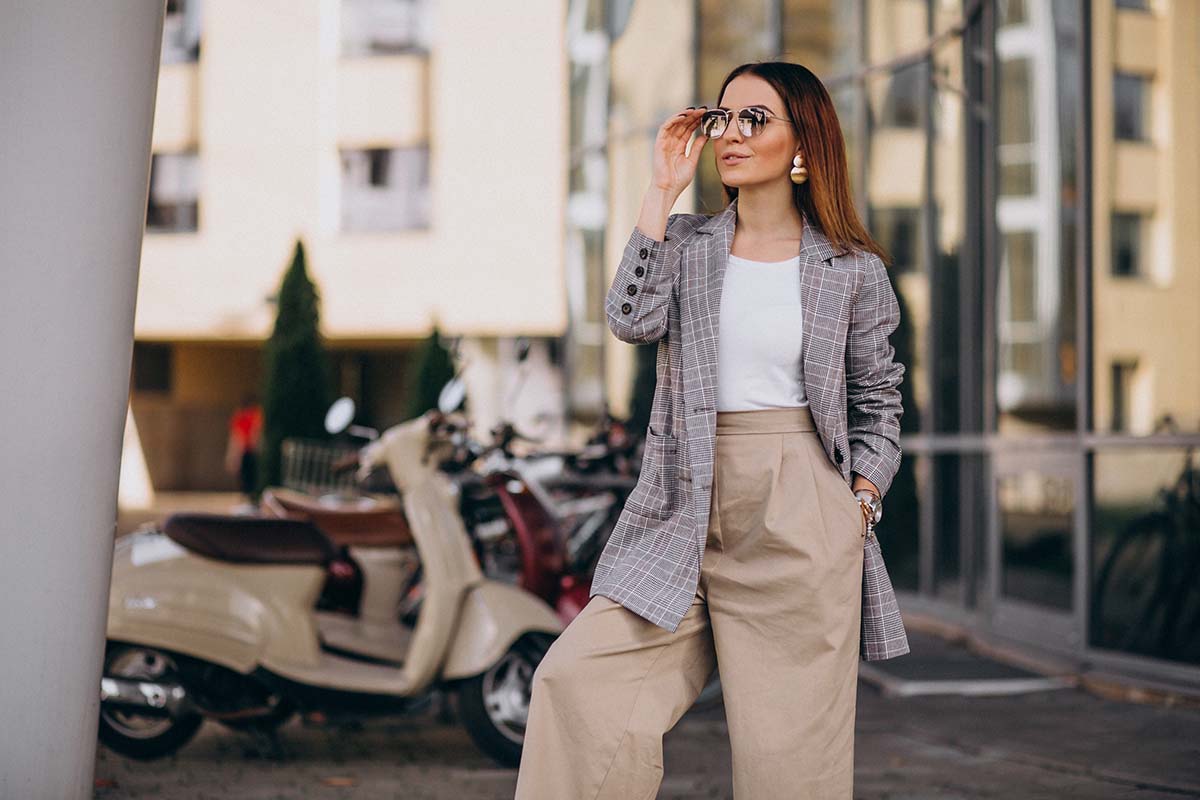How to Spot Knock-off Designer Clothes and Accessories
Shoppers often make purchase decisions based on a brand name or logo on an item.
Companies spend millions to billions of dollars to protect and market their genuine brand image and make sure customers know they are getting the real thing and not a counterfeit.
Unfortunately, thanks to the numerous copycat production techniques, the counterfeit market is booming.
So, when you’re spending your hard-earned money on a luxury good, how do you ensure you are getting the real thing?
Clothes, Bags, and Belts
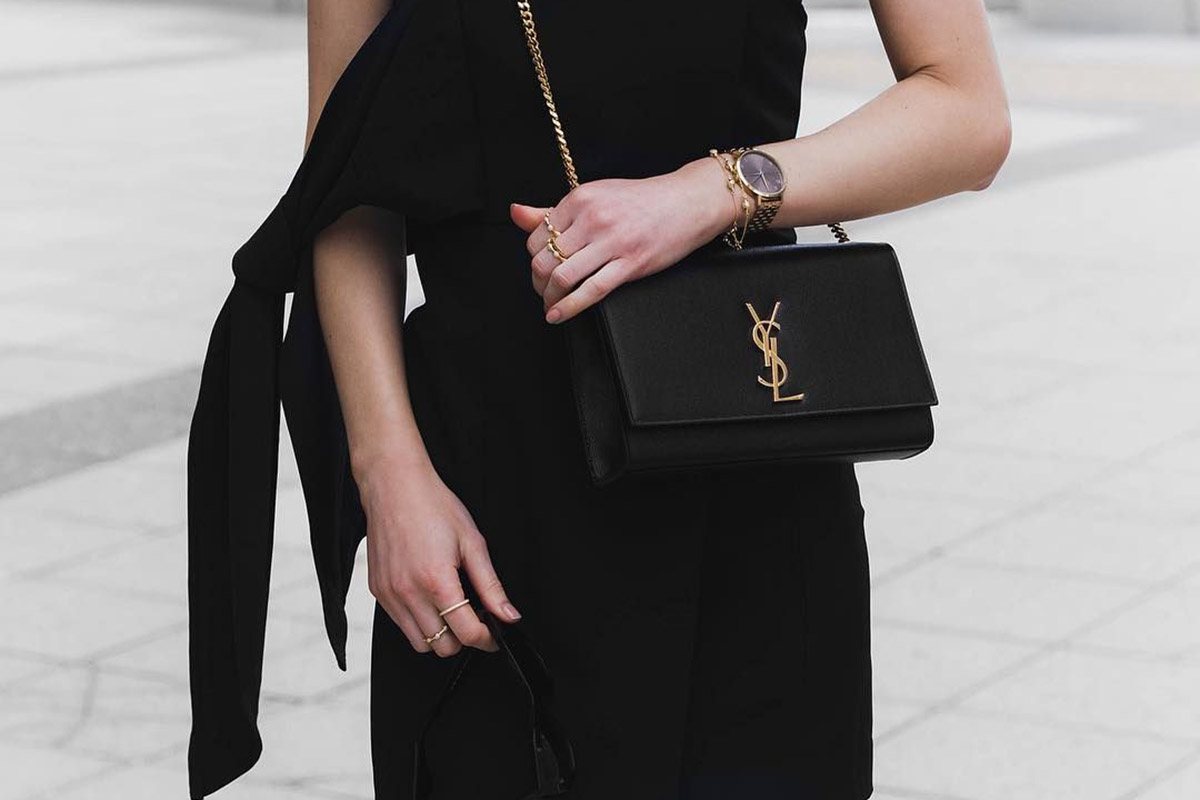
- Materials – One of the easiest ways to spot a knock-off item is by determining whether or not it’s made of quality materials or leather.
When picking up a luxury good, run your hand over the surface. If the surface feels smooth and even, chances are the product is fake.
Real leather has a slightly uneven texture. Also, the smell of leather will be prominent in a brand new item. If the material is shiny, it’s likely a fake designer product.
If the item isn’t made of leather, look at the brand’s official website for product material descriptions to assess the type of fabric used. Authentic goods will often be made of quality fabric that feels weighted.
The fabric shouldn’t have pulls or rips in it, and the color shouldn’t fade or bleed. Often, designer brands include their logo on the interior fabric—make sure you check for this small detail.
- Seams or Stitching – It’s not just about the logo or brand. Luxury goods are priced high due to their impeccable craftsmanship that the counterfeit lacks. The quickest way to spot a fake bag or shoes is to check the stitching and seams.
When a product is authentic, the fabric and patterns will line up at the seams, and it won’t have loose threads or unraveling zippers. Fake products will have less stitching, and the lines will often be crooked.
Designer Clothes and Accessories: Glasses and Sunglasses
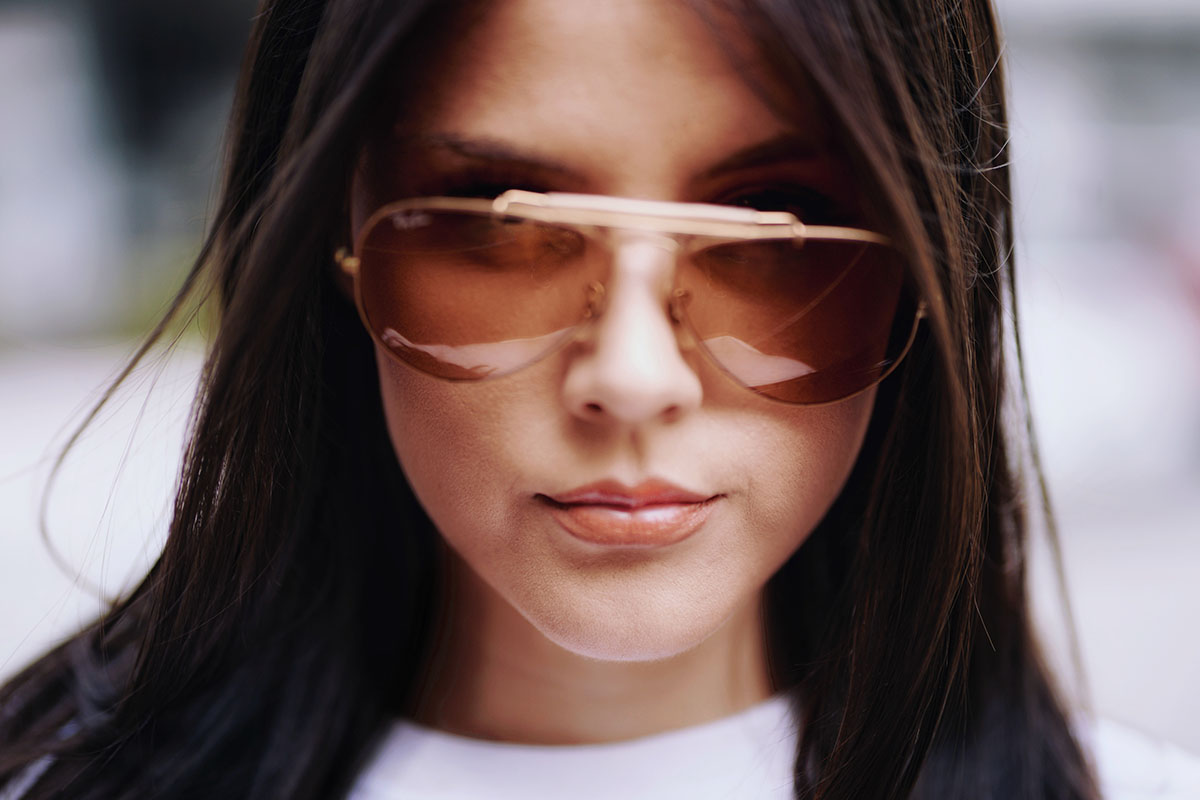
- Construction – Fake sunglasses are typically made of cheap or chintzy materials like plastic prone to discoloration, breakage, etc. To ensure the product you are purchasing is authentic, check the hinges and make sure they are constructed from good materials and solidly put together.
It’s also a good idea to check the weight. Authentic glasses are made of high-quality acetate or metals.
If the glasses you purchase are constructed of plastic/acetate frames and are featherlight, it is not a designer good.
- Lenses – The lenses of designer shades will be of superior quality. For instance, classic Ray-Ban designs are made from glass. If you are purchasing Ray-Bans, gently tap on the lenses to check if they are made from glass. Additionally, quality brands will etch their brand initials in the lenses. Try scratching this off with your fingernails, and if it comes off, it’s fake.
- Packaging – The packaging of your eyewear can give away a lot about its authenticity. Check the packaging for barcodes, model names or numbers, authenticity packets or cards, and other descriptions.
Designer eyewear tends to come in specific packaging. Ensure the logo is present and it matches up to what you would get if you purchased it in-store or through the designer’s website.
- The Retailer – Where you purchase designer items, like eyewear, matters. Be wary of buying luxury brand pieces from one-off resellers you find on social media or elsewhere online. Instead, purchase from the brand or reputable official sellers. You can order premium designer eyeglasses here from an authorized retailer.
- Warranty – Analyze the warranty descriptions. Most designers will provide at least a year warranty on their designer eyewear.
Designer Clothes: The Logo
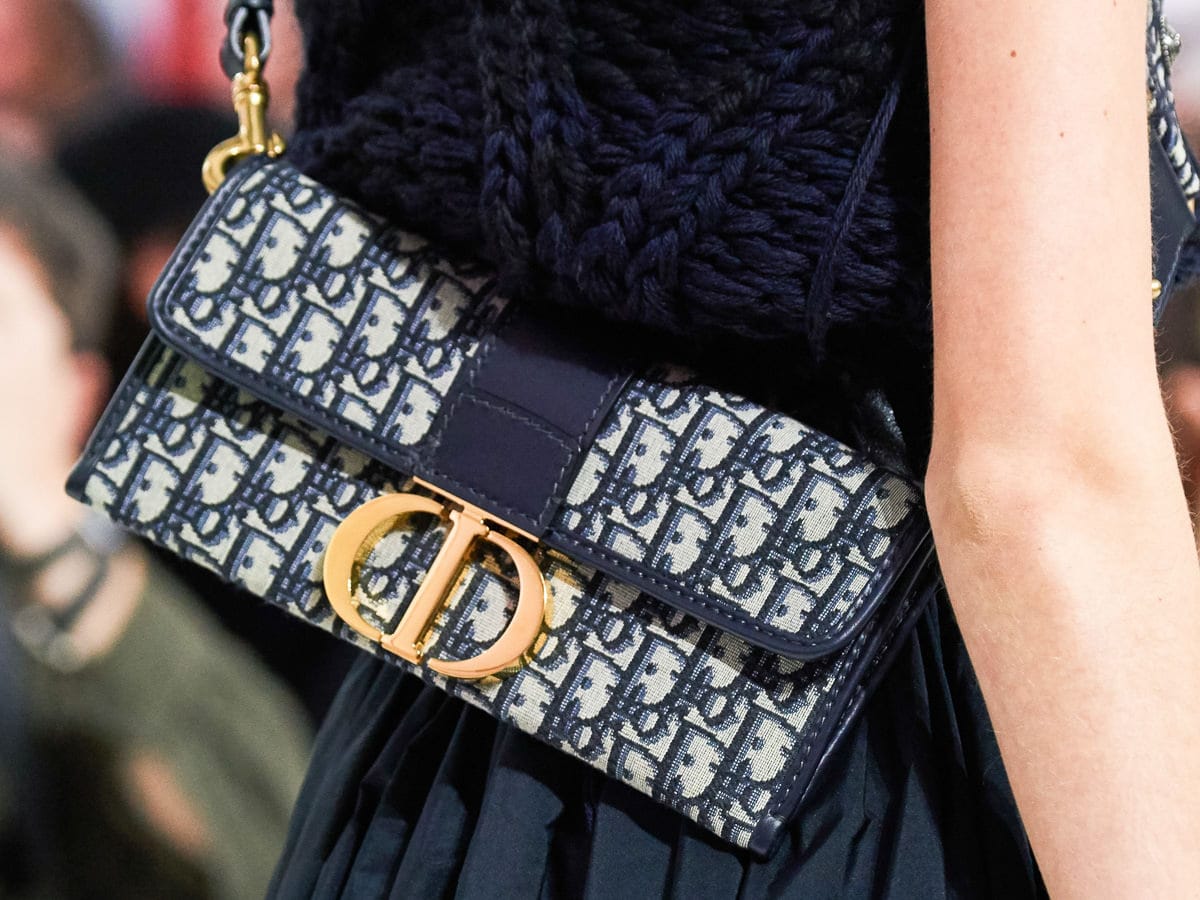
Though the logo isn’t what you’re paying for, it is an excellent way to spot a fake product.
Fake products will have imperfect logos—there will be details missing from the company name or logo.
Sometimes, these products might not even have a logo and try to trick consumers based on their color and shape.
While some high-end brands stamp their logo onto the product, many will have a metal logo or leather logo.
Look for these alongside the logo in other locations on the product.
For instance, most enamel plates, zipper pulls, and shoe soles will have the logo engraved and not stamped.
Documentation
Designers want to make sure you are buying the real thing.
To ensure this happens, luxury brands often sell their products with special documentation—it can be a receipt from the designer, a certificate of authenticity, or a hologram that is difficult to counterfeit.
If your designer item comes in a plastic bag with price tags attached and without some documentation, it is likely a fake.
High-end designers usually won’t affix a price tag to their items, and they typically send them wrapped in dust covers.
Designer Clothes: Be Smart and Diligent
If you are short on budget, you can still grab a great sale deal without forfeiting the item’s integrity or going for a counterfeit item.
The U.S. Customs seizes nearly $200 million in counterfeit goods every year.
Meaning, you could end up paying for a product that is never going to reach you. For this reason, it is vital to make sure an item is authentic when surfing through online listings.
